Over the years, we have used small marine batteries for trolling motors, cold-cranking our outboard motors, and powering onboard electrical systems. Our experience with basic battery chargers has been disappointing, with unexpectedly dead batteries leading to canceled or postponed trips. Recently, we switched to a smart, onboard, marine battery tender and have been very pleased with the reliable performance of our batteries.
Batteries for small boats may be used for just a few days and then stored for extended periods, so it is essential to have a system to maintain the batteries’ charge during storage. An ordinary battery charger charges at a high rate—whether the battery needs it or not—which can sometimes damage it. But a smart battery tender assesses the battery charge state and varies its charging modes to provide the proper level of charge. Most chargers are not designed to be used in the wet marine environment, which means charging the battery only when the boat is in dry storage or by removing the battery from the boat to charge it in a dry location. Some chargers are also large, generate excessive heat, and are not suitable to be kept aboard the boat and carried afloat, while well-designed battery tenders are compact and charge at a slower rate and lower temperature. Some chargers have to be disconnected when the battery is fully charged, then reconnected after the charge level drops while a good battery tender can be left connected for extended periods, and extend the life of expensive marine batteries.
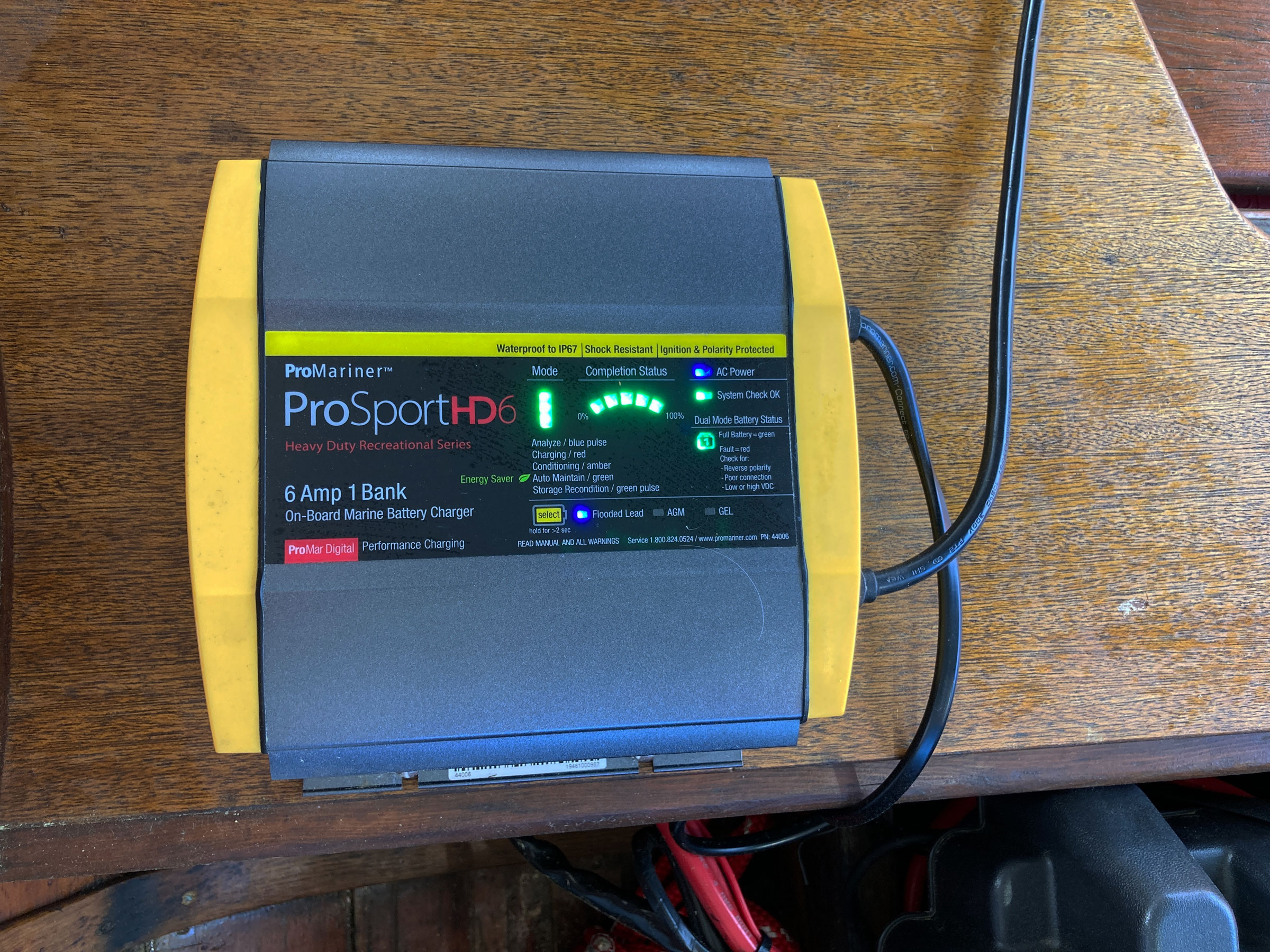 Photographs by the authors
Photographs by the authorsThe tender’s indicators provide full status reports on the battery’s state of charge.
For the past year, we’ve had a ProMariner ProSport HD6 installed aboard our vintage Sorg 15 runabout to maintain the 12-volt battery we use for powering the electric start on the outboard, running lights, USB port, and automatic bilge pump. The ProSport HD6 is a heavy-duty 6-amp tender that will charge one 12-volt battery. There are also tenders available in ProMariner’s same series of chargers to manage a bank of batteries with a pair of charging wires for each battery whether they are separate, in series, or in parallel.
The HD6 has a button to select use with flooded-lead, absorbed-glass-mat (AGM), or gel batteries. It is compact, designed for onboard use in the marine environment, shock resistant, and waterproof to the IP67 standard: a 30-minute submersion at 1 meter. After a day on the water, we can plug the HD6 into the shore power on our dock and forget about it; the lower charge rates and tri-surface heat sinks minimize the concern we previously had about leaving a hot charger in a wooden boat.

We installed the tender on the back of the stern seat’s folding backrest. It stays with the boat and only needs to be plugged into shore power to take care of the battery.
The feature of our HD6 that we appreciate most is the LED display, which provides information on charging modes, battery status, and charge completion status. The digital tender operates through five stages of charging: analyzing battery status, charging and conditioning, auto-maintain, and a pulsed mode for storage recondition. These stages are indicated by mode lights on the tender: a blue pulse for Analyze, red for Charging, amber for Conditioning, green for Auto Maintain, and green pulse for Storage Recondition. The tender has a green light to indicate a full battery and a red light for a fault condition—reverse polarity, poor connections, or high or low voltage. Progress of charging is also shown in 20-percent increments. Two additional features are an AC input power light and System Check OK light.
The HD6 was easy to install and is intuitive to operate, and it has saved the purchase price of at least one replacement battery so far. It has reliably ensured that our battery was topped up and ready for use, even after our annual extended hurricane-season boat storage.![]()
Audrey and Kent Lewis have changed homeports from Florida to Virginia, and are planning future messabouts in the Tidewater region in their armada of small boats, which includes their vintage 1959 Sorg 15 lapstrake runabout, WILLOW.
The ProSport HD6 by ProMariner is available from selected retailers.
Is there a product that might be useful for boatbuilding, cruising, or shore-side camping that you’d like us to review? Please email your suggestions.

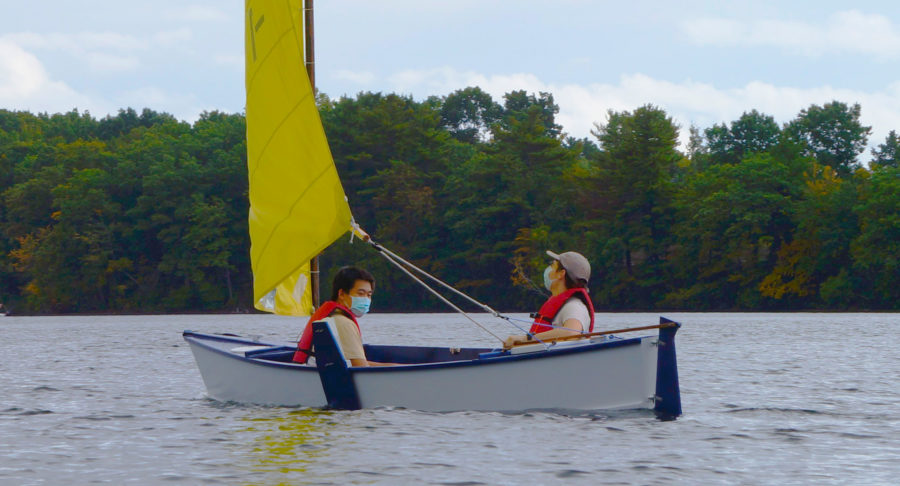
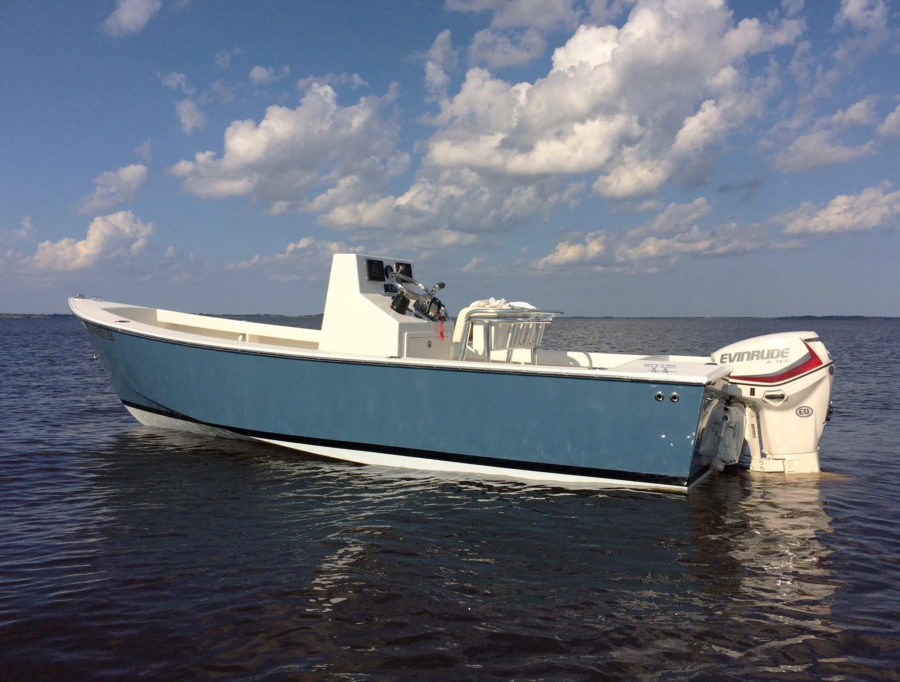
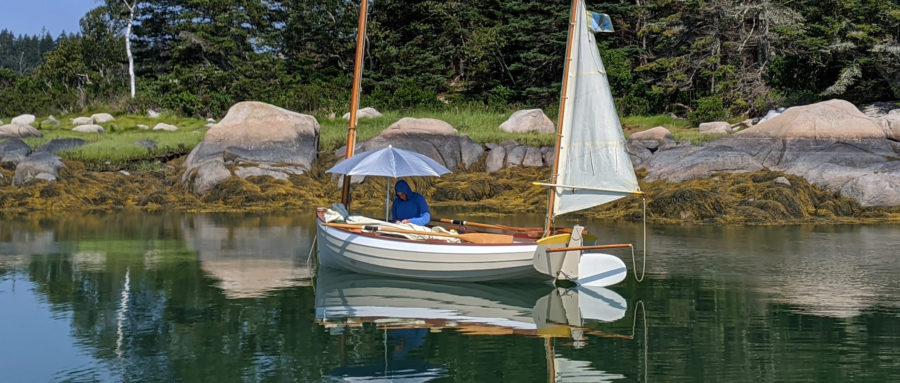

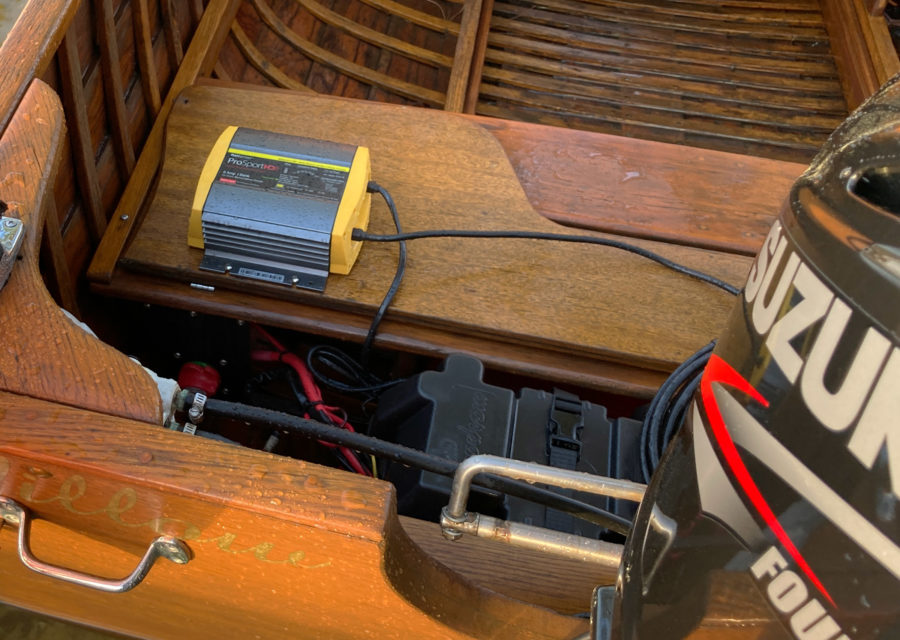
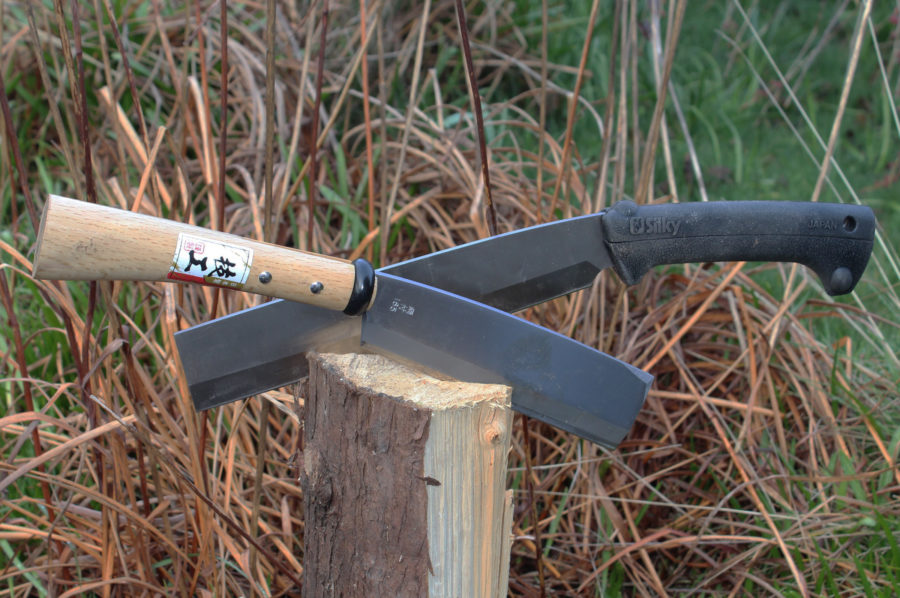
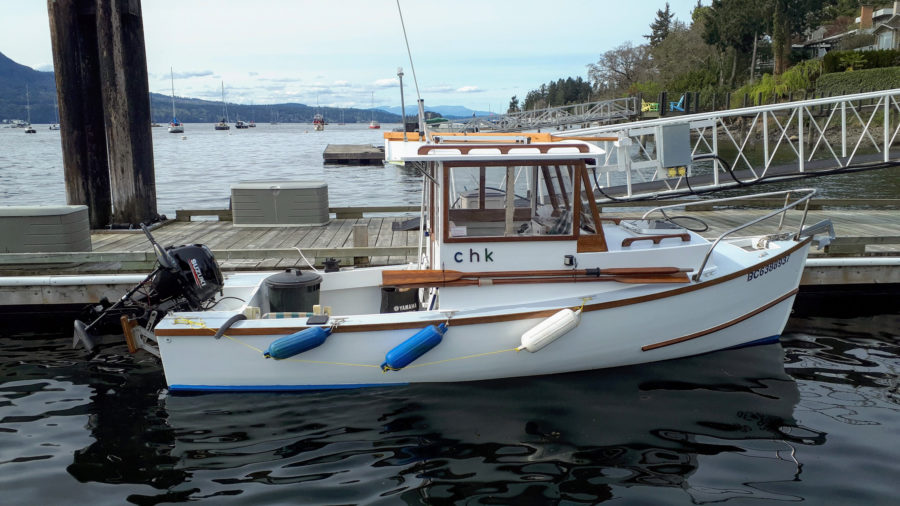
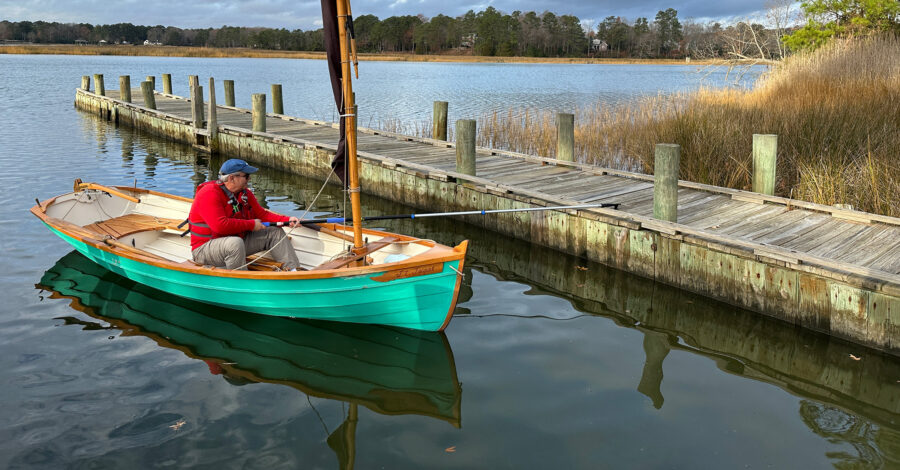
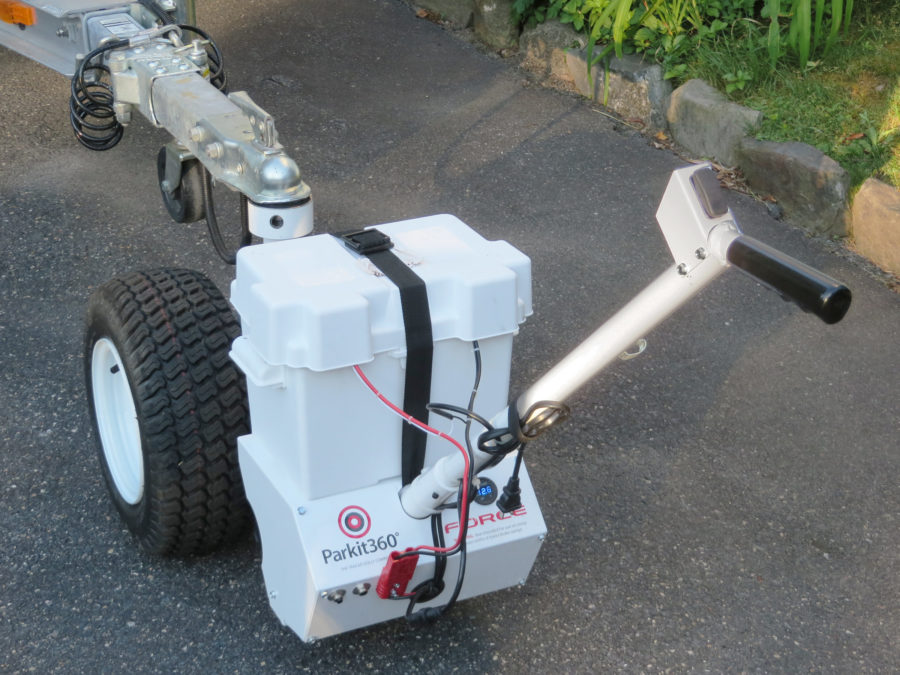
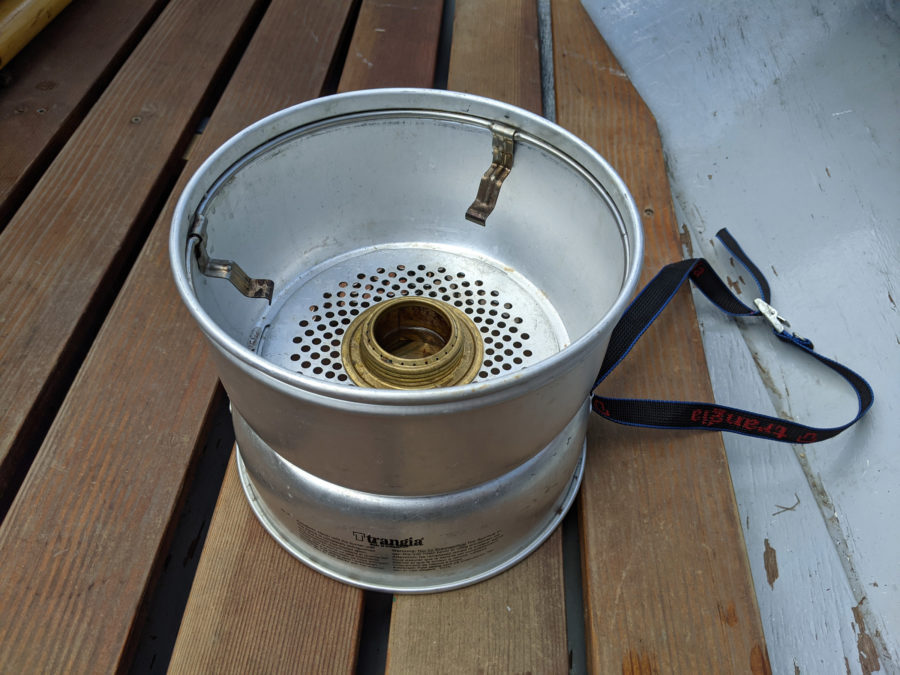
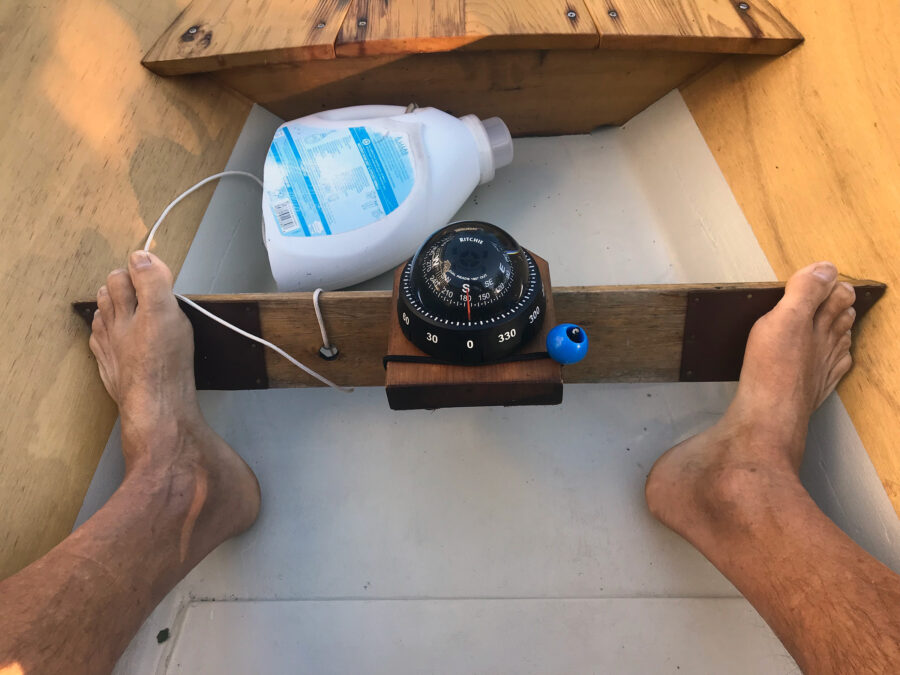
Join The Conversation
We welcome your comments about this article. If you’d like to include a photo or a video with your comment, please email the file or link.